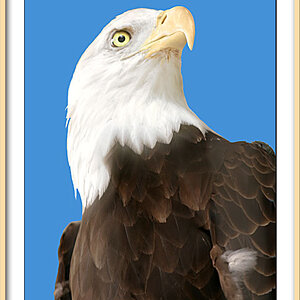Orchida
TPF Noob!
- Joined
- Jan 30, 2010
- Messages
- 6
- Reaction score
- 0
- Location
- Lot Valley, France
- Can others edit my Photos
- Photos OK to edit
Hi, I was practising with my new macro lens in the garden a couple of weeks ago and took this. Why are there funny blurred "outlines" to some of the buds, especially in bottom left hand corner?





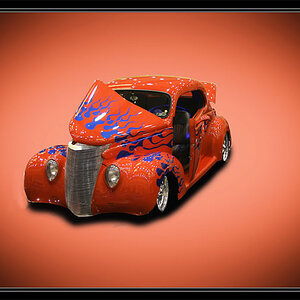
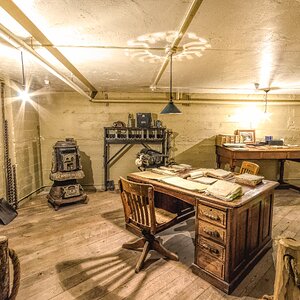

![[No title]](/data/xfmg/thumbnail/40/40287-4f839095000f74d779b90ed75df9dc62.jpg?1619739408)

![[No title]](/data/xfmg/thumbnail/42/42468-f720ff996eb9cc6554c0019901223156.jpg?1619740193)
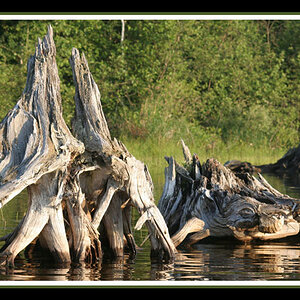
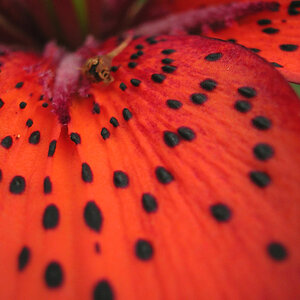

![[No title]](/data/xfmg/thumbnail/41/41784-8cbc2bbf42c1ea67cfe2f77fdd5c53ec.jpg?1619739891)
